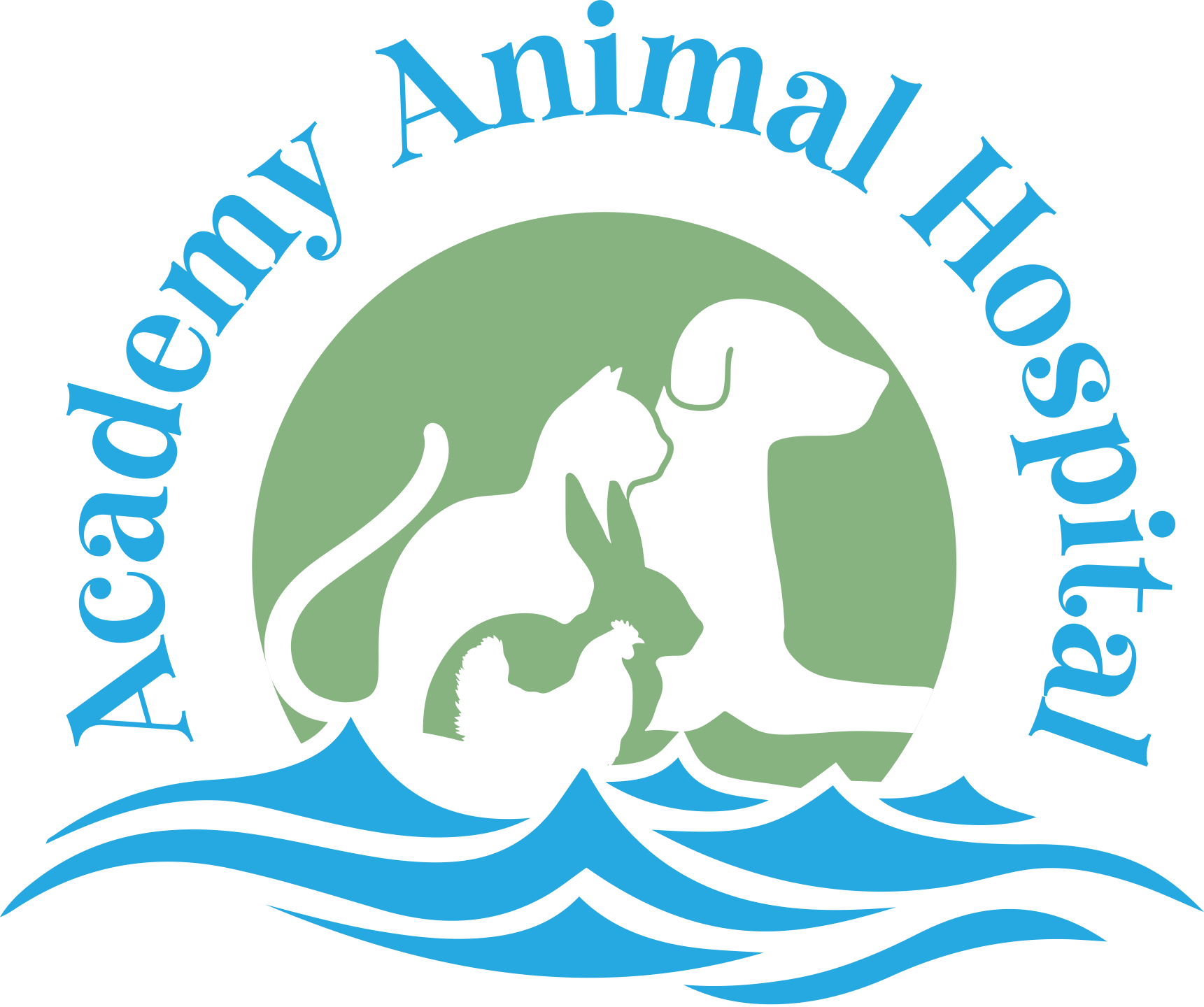Library
-
Lameness occurs due to the injury or debilitation of one or more parts of the leg; bones, muscles, nerves, tendons, ligaments, or skin. Depending on the cause of the limp, immediate veterinary care may be needed. If your dog is in severe pain, carefully transport your dog to your veterinary hospital or emergency hospital immediately. For non-emergency limps, you may be able to determine the cause of the limp and provide home care. If the lameness persists for more than 24 hours, seek veterinary care. Medication or surgery may be necessary to help your cat heal and reduce pain.
-
Lameness occurs due to the injury or debilitation of one or more parts of the leg: bones, muscles, nerves, tendons, ligaments, or skin. Depending on the cause of the limp, immediate veterinary care may be needed. If your dog is in severe pain, carefully transport your dog to your veterinary hospital or emergency hospital immediately. For non-emergency limps, you may be able to determine the cause of the limp and provide home care. If the lameness persists for more than 24 hours, seek veterinary care. Medication or surgery may be necessary to help your dog heal and reduce pain.
-
Tail injuries are common and can sometimes be managed with home first aid but some cases require veterinary care. Abrasions are mild scrapes that can be treated with daily cleaning and application of antibiotic ointment. Lacerations are more serious cuts that may expose underlying muscle and bone requiring stitches and often antibiotics. Tail fractures can heal well if they occur near the tip of the tail but if bones are severely damaged then amputation may be required. Nerve damage can occur from fractures, crushing injuries or severe tail pulls causing stretching or tearing of the nerves and can result in loss of fecal and urinary continence and can also result in a limp tail.
-
Tail injuries are common and can sometimes be managed with home first aid but some cases require veterinary care. Abrasions are mild scrapes that can be treated with daily cleaning and application of antibiotic ointment. Lacerations are more serious cuts that may expose underlying muscle and bone requiring stitches and often antibiotics. Happy tail is a condition where the skin at the end of the tail becomes damaged and continues to split and bleed whenever the wagging tail hits a hard surface. Bandaging, antibiotics and pain medication may help these heal but amputation may become necessary to reduce re-injury. Tail fractures can heal well if they occur near the tip of the tail but if bones are severely damaged then amputation may be required. Nerve damage can occur from fractures, crushing injuries or severe tail pulls causing stretching or tearing of the nerves and can result in loss of fecal and urinary continence and can also result in a limp tail. Limber tail is a painful muscle condition likely caused by overexertion and treated with rest and anti-inflammatories.
-
If your cat limps, or licks at her pads, she may have a foot pad that is torn, punctured, or burned. Minor injuries may be treated at home, by cleaning and covering the wound, but deeper or complicated wounds require veterinary attention. Try to avoid foot injuries in your cat by surveying the areas where your cat plays and walks.
-
If your dog limps, or licks at his pads, he may have a foot pad that is torn, punctured, or burned. Minor injuries may be treated at home, by cleaning and covering the wound, but deeper or complicated wounds require veterinary attention. Try to avoid foot injuries in your dog by surveying the areas where your dog plays and walks.
-
Horses and ponies often receive cuts and other wounds particularly on their face and legs. Many require just simple first aid measures, while others require the attention of your veterinarian.
-
Fish oil is an over-the-counter supplement, given by mouth, that is commonly used to treat a wide variety of inflammatory conditions. Give as directed by your veterinarian. Side effects are not common but may include vomiting, diarrhea, or a fishy odor. Do not use concurrently with anticoagulant medications. If a negative reaction occurs, please call your veterinary office.
-
The excessive formation of gas in the stomach or intestine is referred to as flatulence. The most common cause of flatulence is a change in diet or dietary indiscretion. Most cases of chronic flatulence are caused by a diet that is poorly digested. Diagnosis is based on medical history and clinical signs. Treatment is based on diagnosis and often involves a change in diet. Diet recommendations include one that is highly digestible with low fiber and fat. Medical therapy may also be recommended. Small, frequent feedings are encouraged for dogs that eat rapidly or are hyperexcitable. Your veterinarian will outline a treatment plan specifically designed for your pet.
-
Flaxseed oil is derived from flax plant seeds and contains high levels of alpha-linolenic acid (ALA), an omega-3 fatty acid, and is used to treat certain inflammatory conditions. Give as directed by your veterinarian. Side effects may include diarrhea, vomiting, delayed wound healing, or an oily coat and skin flakes. Serious side effects include persistent stomach upset, or pancreatitis. Flaxseed oil should not be used in pets that are allergic to it. If a negative reaction occurs, please call your veterinary office.

